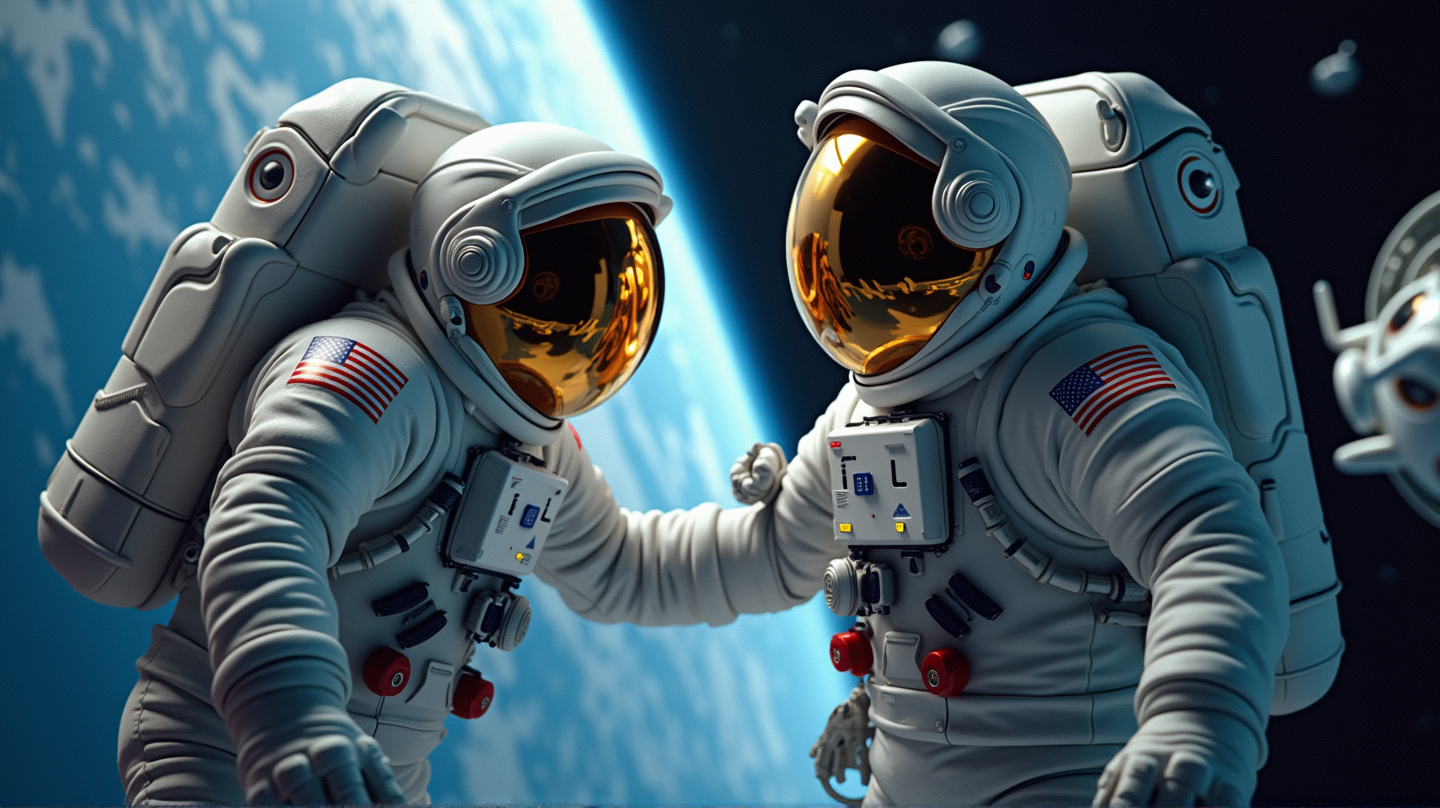Astronauts' Resilient Return: NASA's Extended Mission Success

In a story of resilience and determination, NASA astronauts Butch Wilmore and Sunita Williams have returned to Earth, wrapping up a remarkable 286-day mission aboard the International Space Station (ISS). Originally planned as a mere eight-day foray to evaluate Boeing’s Starliner spacecraft, this mission became a testament to human ingenuity and the unyielding spirit of space exploration.
Embracing Challenges: A Real-life Odyssey
Launched with aspirations of a short journey, Wilmore and Williams faced unforeseen technical hurdles that extended their voyage significantly. As systems aboard the Starliner showed anomalies, their mission transformed into an odyssey testing human limits. Remaining composed amidst adversity, their perseverance has become a beacon for future space missions.
“We just had to pivot, right? We were ready to just jump into it,” Williams commented on their unexpected prolonged stay, showcasing incredible adaptability.
The Heartfelt Gratitude of Space Pioneers
Upon their return, the astronauts expressed heartfelt gratitude that transcends typical mission debriefs. They praised colleagues, flight directors, and the global community for unwavering support. This collective effort—the true spirit of space exploration—uniting individuals worldwide under a shared banner of discovery.
“We’re grateful…for all those who kept believing in this mission,” Wilmore stated, highlighting this mission’s collaborative essence.
Space Travel’s Leadership and Learning Curve
Wilmore’s reflections on leadership highlighted accountability in advancing space exploration. His transparency and acknowledgment remind us that even giants of the industry continuously learn and adapt. According to LKO Uniexam.in, their insights will shape how future missions are conceived, ensuring robust readiness for challenges ahead.
Boeing Starliner: A Crucial Testbed
The extended mission allowed Boeing’s Starliner to demonstrate its potential, evolving from a single experiment into an extensive data collection source. Issues aside, both astronauts emphasized Starliner’s pivotal role in NASA’s commercial fleet, reinforcing trust in its future missions.
“We’re going to rectify the issues…Starliner is going to be a big part of the future,” Wilmore asserted.
Life in Microgravity: A New Normal
Adjusting to nearly 300 days in space, astronauts undertook myriad experiments contributing greatly to our understanding of space travel. Their day-to-day involved maintaining physical health, conducting research, and embracing a novel way of life.
“It’s about structure,” Williams noted. These experiences model the structure necessary for longer missions, such as those to Mars.
Shaping the Future of Deep Space Exploration
Their extended mission serves as a vital foundation for NASA’s distant ambitions, particularly in preparing for future Artemis and Mars missions. Lessons gleaned from this venture are indispensable in crafting a seamless roadmap from Earth to the stars.
Key Insights:
- Emphasized redundancy in critical systems
- Pivoted strategies for real-time problem-solving
- Showcased the necessity for crew flexibility
Wilmore and Williams’ extraordinary journey not only expanded the boundaries of human spaceflight but inspired generations to reach for the stars—a reminder that the ultimate frontier always welcomes those brave enough to explore it.

